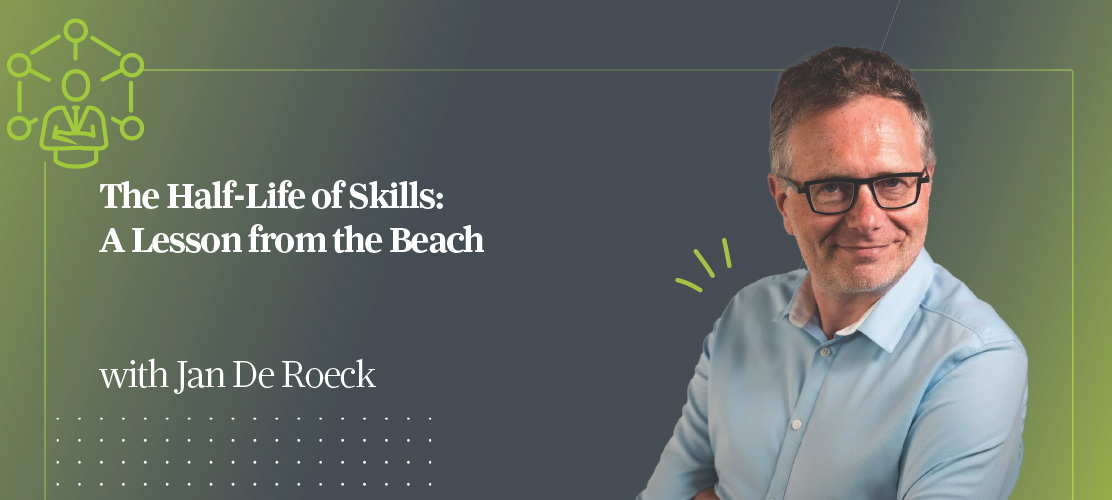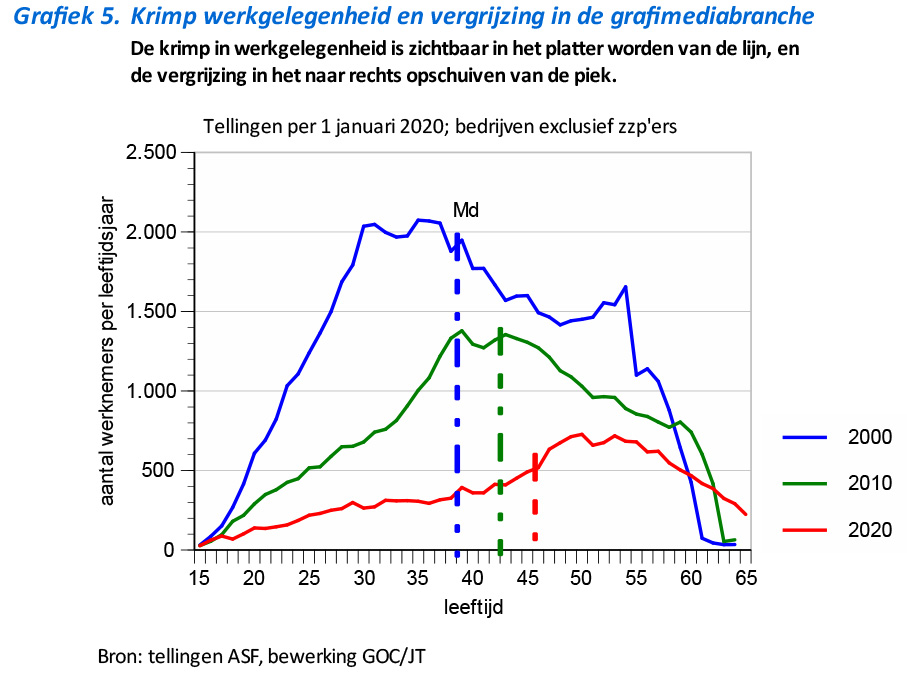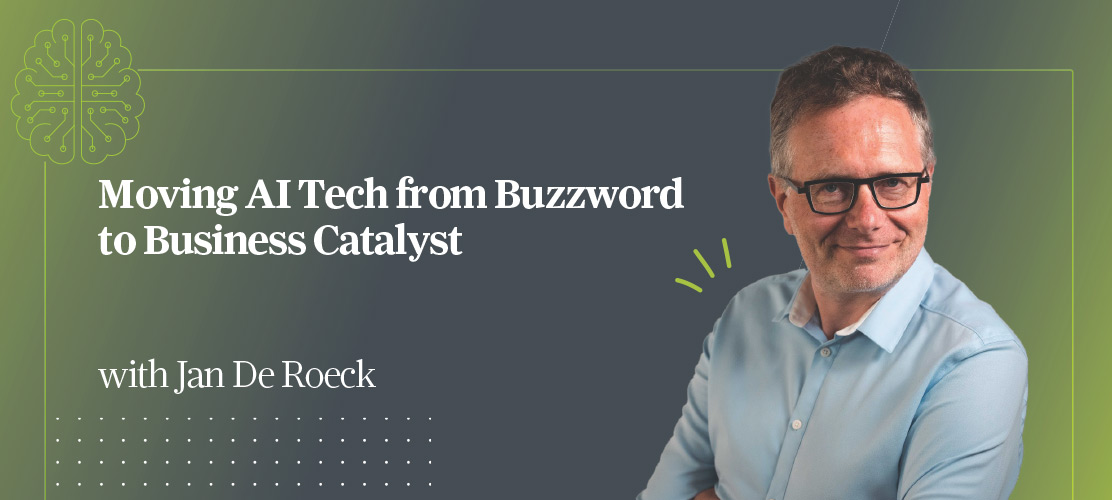Written by Jan De Roeck
Marketing Director, Esko
Taking a four-year-old nephew for a day at the beach is a simple joy. Watching him eagerly trace lines in the sand, forming letters with a mixture of concentration and delight, is a moment to treasure. He’s not just playing—he’s learning. Writing his name is more than a life hack; it’s a foundational skill, a form of communication that will remain relevant throughout his life.
Of course, at the age of four, we don’t worry too much about his future career. But as I lay on my back in the sand, watching him carefully etch his name, I can’t help but wonder: what are the most important skills he will need to succeed in life?
The Future of Work: What Skills Will Matter?
Long before Sustainability and ESG became standard terms in business, engagement to care for our planet brought people together.
Early groups of activists were joined by consumers who were increasingly concerned about environmental issues and demanded more sustainable products.
This movement only received widespread prioritization at the UN Climate Conference in Paris in 2015, where the goal was set to limit global warming to 1.5 degrees Celsius.
Although we’ve surpassed this target, the commitment to reducing carbon emissions remains strong.
According to the Future of Jobs Report 2025 by the World Economic Forum, technological change, economic uncertainty, demographic shifts, and the green transition are the key forces shaping the labor market. Job growth is expected, but the divide between growing and declining roles may worsen existing skill gaps. The most critical skills in demand will include resilience, flexibility, agility, resource management, quality control, and technological literacy—especially in programming and automation.
The Skills Revolution: Upskilling and Reskilling
The scale of workforce upskilling and reskilling required in the coming years is staggering. If the global workforce were a community of 100 people, 59 of them would need some form of retraining by 2030. Of those, 29 could be upskilled within their current roles, and 19 could be trained and redeployed in new areas. However, 11 individuals would likely miss out on the necessary training, putting them at risk of unemployment (Future of Jobs Report 2025).
Digital transformation, and especially Artificial Intelligence and automation are accelerating this shift. A recent IBM survey estimated that 40% of the global workforce—about 1.4 billion people—will need to learn new skills in the next three years to keep up. These changes are happening at an unprecedented pace (Forbes).
The Shrinking Half-Life of Skills
At a recent webinar by futurist Henrik Larsson Broman, I was introduced to the concept of the “half-life of a skill.” Forty years ago, once you developed a skill, it was useful for at least a decade before requiring an update. Today, the half-life of a skill is down to about four years—and it’s shrinking fast (Forbes). With rapid advancements in AI and digital technology, some highly sought-after AI-related skills may become obsolete within just a few weeks.
This means that my nephew, as he grows up, will not only need to learn new skills but also be prepared to forget and relearn them at an ever-increasing pace. His ability to adapt, reskill, and upskill will be far more valuable than mastering any single skill set.
A Lesson from the Sand
Just as I’m lost in thought about the future of work, I’m snapped back to reality by a scream of joy. My nephew has successfully written his name in the sand. In this moment, the future doesn’t matter. Right now, he’s learning, growing, and having fun—and that’s enough.
As we walk away from the beach, the tide slowly erases his name. And maybe that’s the real lesson: nothing is permanent, not even the skills we acquire. The key to success in the future won’t be holding onto what we know but embracing the need to continually learn, unlearn, and relearn.
But for now, let’s just enjoy the beach.





